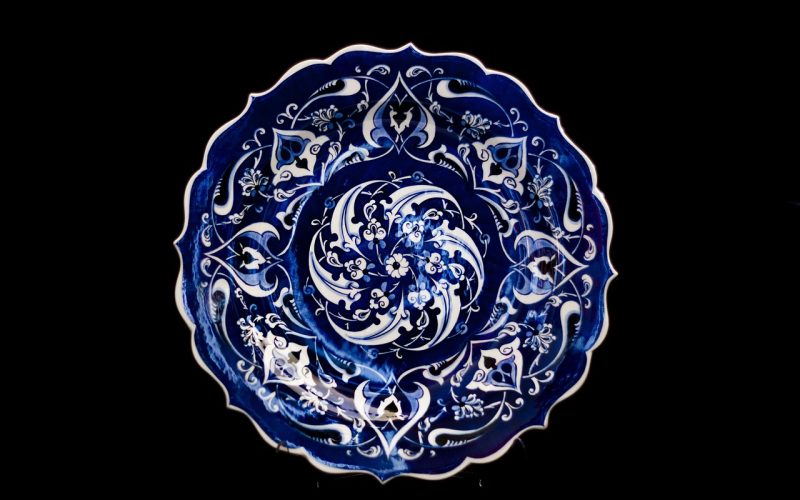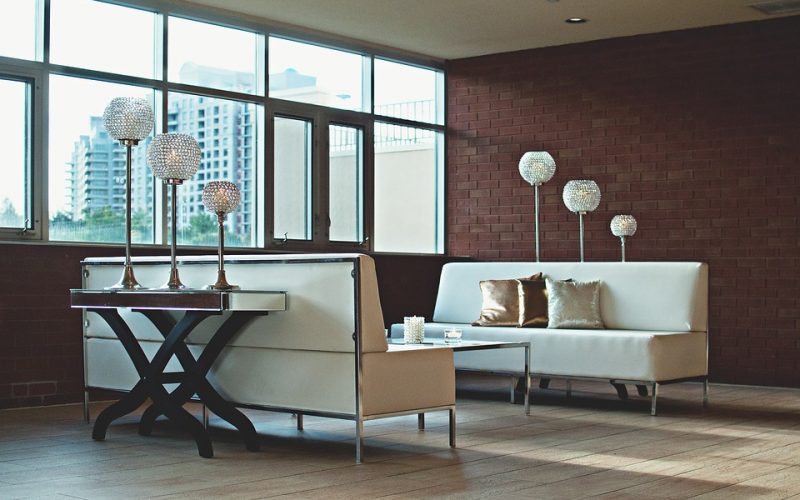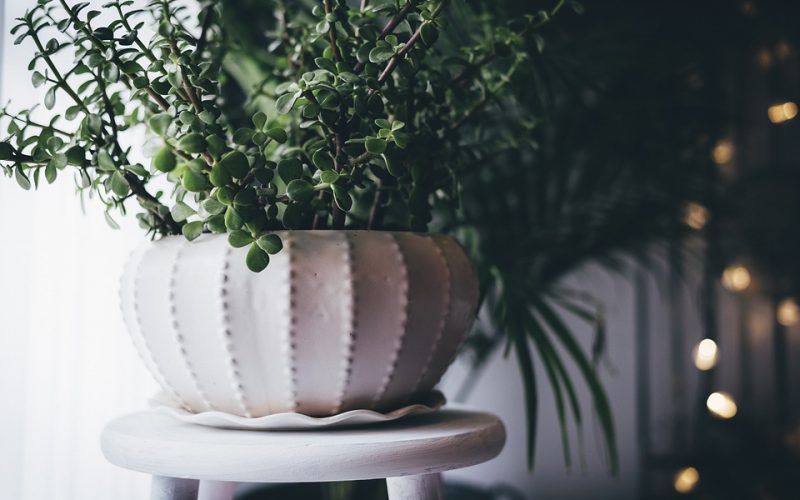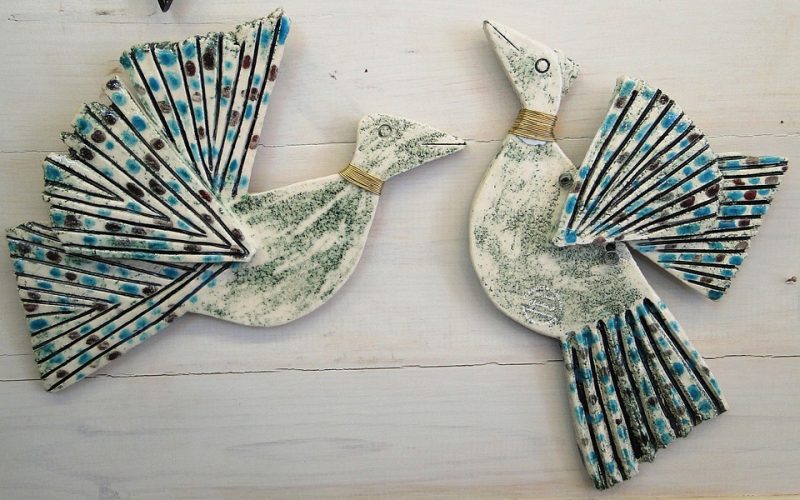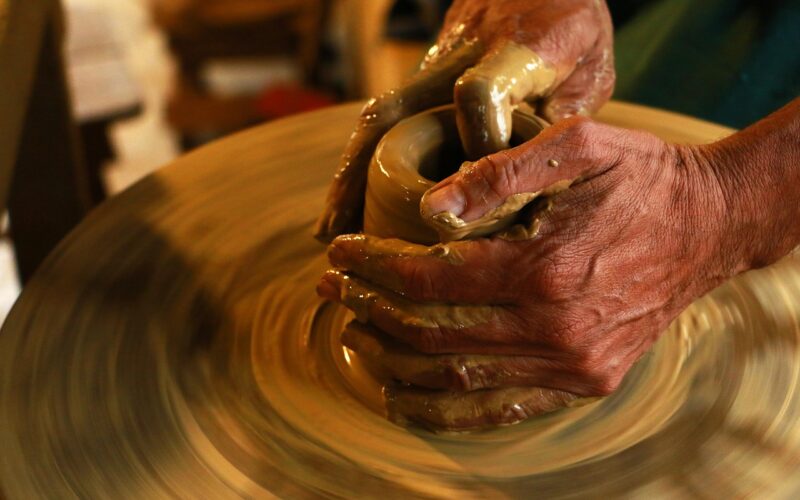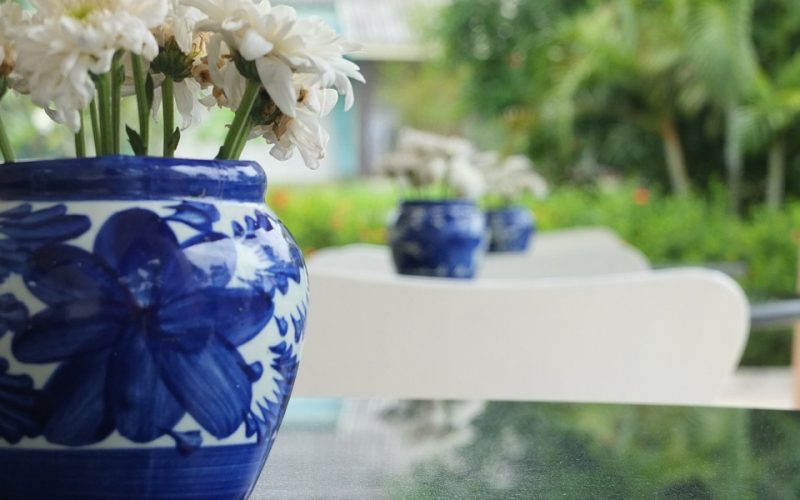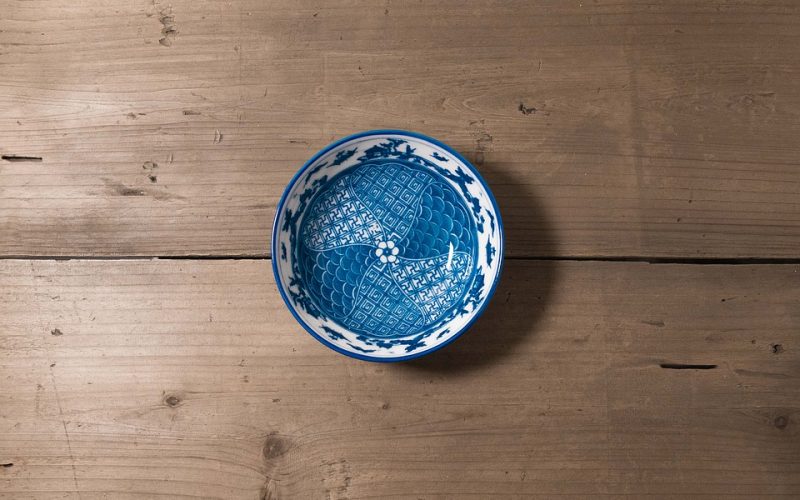The Art And Craft of Ceramics
Ceramic making is a centuries-old art form that combines creativity and science to produce functional and decorative pieces. The process of creating ceramics involves not only shaping clay but also understanding its composition and the techniques used to transform it into durable, beautifully designed creations. From finely crafted pottery to striking home décor items, ceramics continue to hold their place in modern art and lifestyle.
What is ceramics and how is it made?
Ceramics are made by shaping and heating clay, a natural material comprised of minerals, silica sand, and water. Clay's unique composition allows it to be moulded when wet and hardened when fired. The addition of materials like silica sand improves the strength and thermal properties of ceramics, making them suitable for both functional and aesthetic purposes.
The process starts with preparing the clay, shaping it through techniques such as wheel throwing or hand building, and then drying it completely before firing. The initial firing, known as the bisque firing, creates a durable base, which can be further embellished with glazes, ceramic decals, or other decorative elements. A final firing locks in the design and finish, creating a lasting piece of art.
Ceramic decals and transfers
Decorating ceramics has evolved significantly over time, and today, ceramic decals and ceramic transfers are two of the most popular ways to add intricate designs. Ceramic decals are essentially pre-printed images or patterns that can be applied to the surface of a ceramic piece. These are typically made with a combination of colour pigments and a flux, which helps the pattern adhere during firing. The result is a high-quality, precise design that’s resistant to wear.
Similarly, ceramic transfers work by applying pre-designed patterns to wet or dry clay, allowing for beautiful surface detailing before it undergoes firing. These techniques provide versatility, whether you're aiming for bold floral motifs on dinnerware or subtle, intricate patterns on decorative vases.
From clay to home décor
While ceramics have their origins in functional items like pots and plates, their role in home décor has expanded. Today, ceramics are a staple in modern interiors, celebrated for their ability to elevate a room’s aesthetic with their texture, shape, and colour. From sculptural pieces like ceramic planters and centrepieces to beautifully patterned tiled backsplashes in kitchens, the possibilities are endless.
One of the reasons ceramics work so well in home décor is their versatility in design. By incorporating techniques like ceramic transfers or glazes, craftsmen can produce anything from minimalist styles to ornate, eclectic designs. Combined with their durability and easy maintenance, ceramics are an ideal choice for everything from practical items to purely decorative showstoppers.
Exploring the science behind clay composition
Clay is a fascinating blend of earth’s natural materials. At its core, it contains alumina, silica (found in silica sand), and water. The presence of silica is key, as it provides structural stability and contributes to the vitrification process during firing, which turns ceramics into a water-resistant form.
Different types of clay, such as earthenware, stoneware, or porcelain, result in varying textures, strengths, and appearances. For example, porcelain clay, with its higher silica and fine particle content, allows for a smooth finish and translucency. Stoneware, on the other hand, tends to have a more robust and rustic appeal, perfect for everyday use.
Understanding the composition of clay helps potters and designers select the right material for their intended creation, whether it’s a delicate teapot or a durable garden planter.
Why ceramics are both timeless and trendy
The enduring appeal of ceramics lies in their duality. On one hand, they reflect timeless craftsmanship with traditional techniques that connect us to historical art forms. On the other hand, contemporary ceramics push boundaries with cutting-edge methods, creative finishes, and innovative uses.
More recently, eco-conscious consumers have turned to handmade ceramics as a sustainable alternative to mass-produced, disposable items. The use of natural clay and artisanal techniques resonates with today’s growing environmental awareness, positioning ceramics as both a practical and meaningful choice.
Getting inspired
Ceramics, whether in the form of décor, dinnerware, or art, offer endless creative opportunities. Whether you're experimenting with ceramic decals for customised design, exploring ceramic transfers to refine your patterns, or simply marvelling at the properties of silica sand in clay composition, the world of ceramics blends art with science in a truly inspiring way.
Whether you're a budding potter or simply looking for unique pieces to incorporate into your home décor, ceramics always find a way to add charm and authenticity to life.
